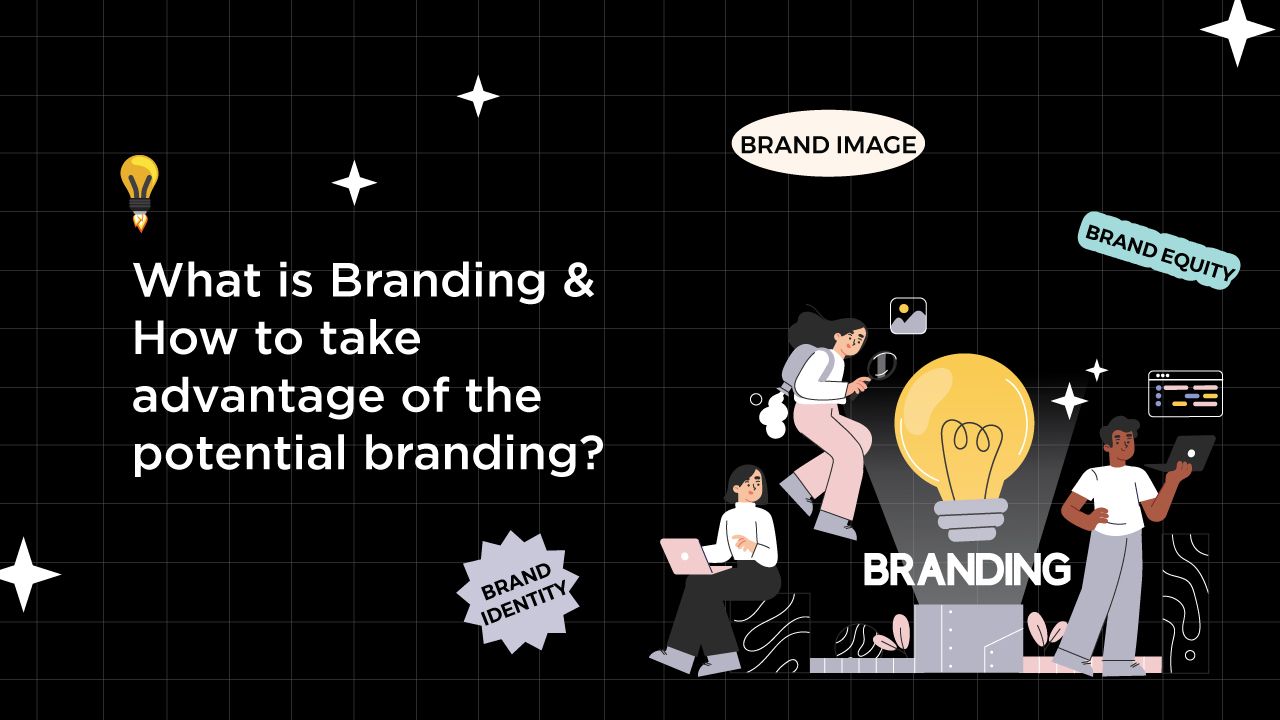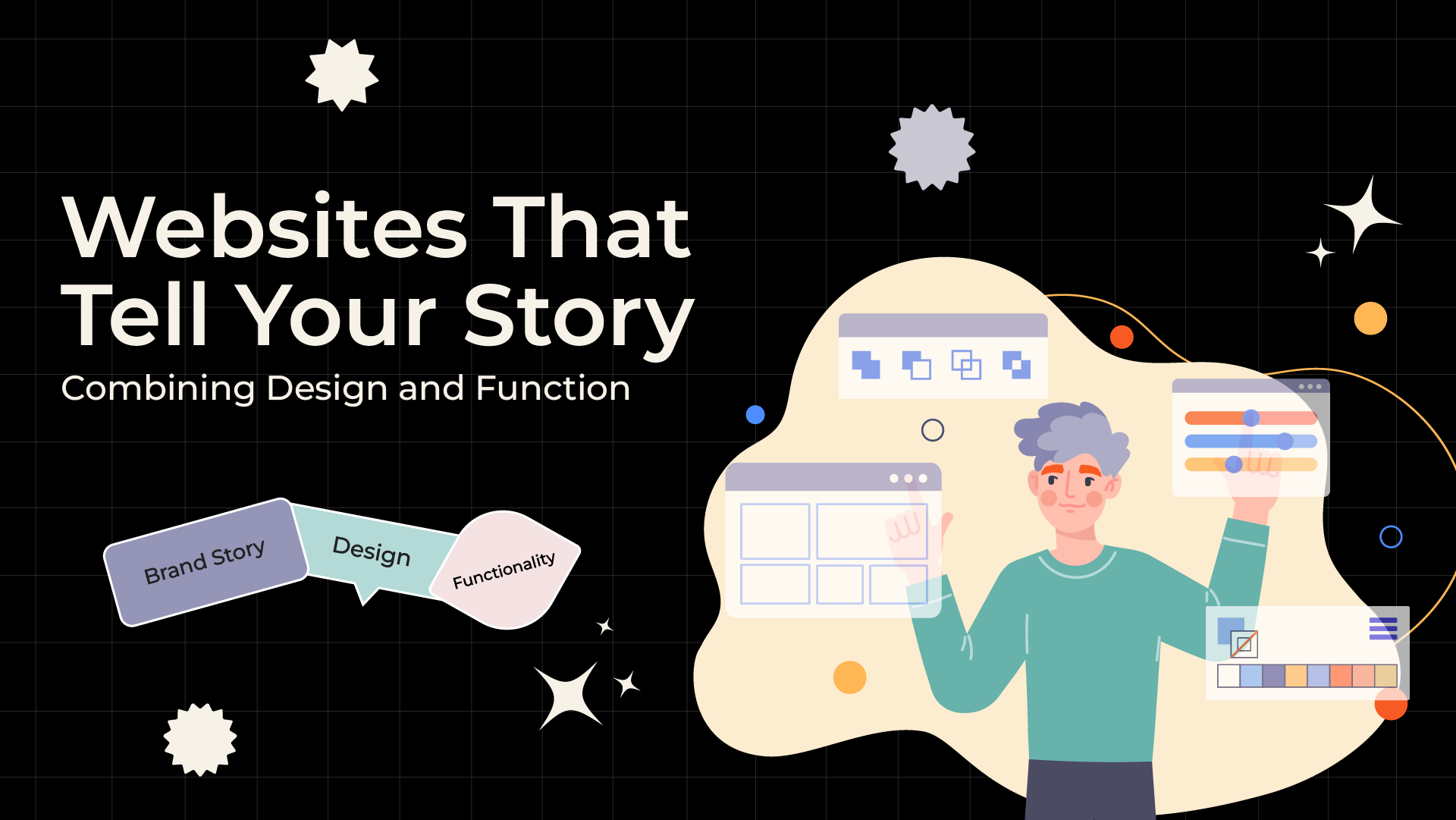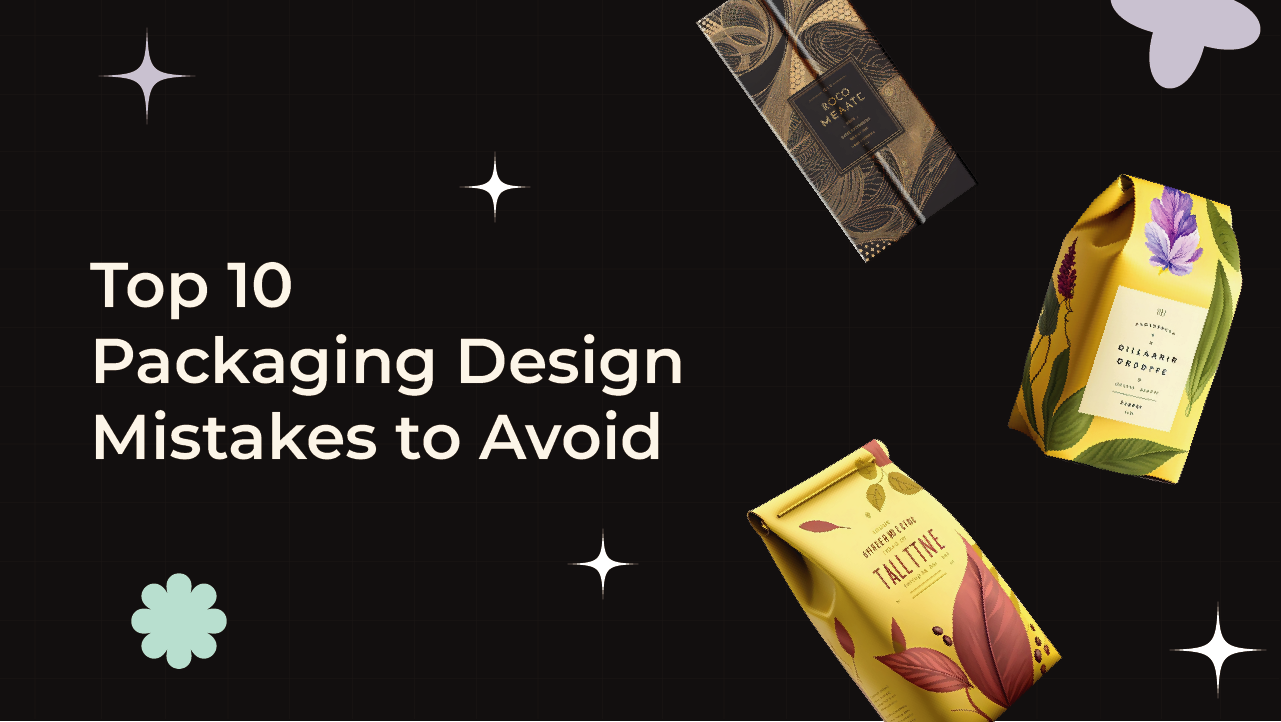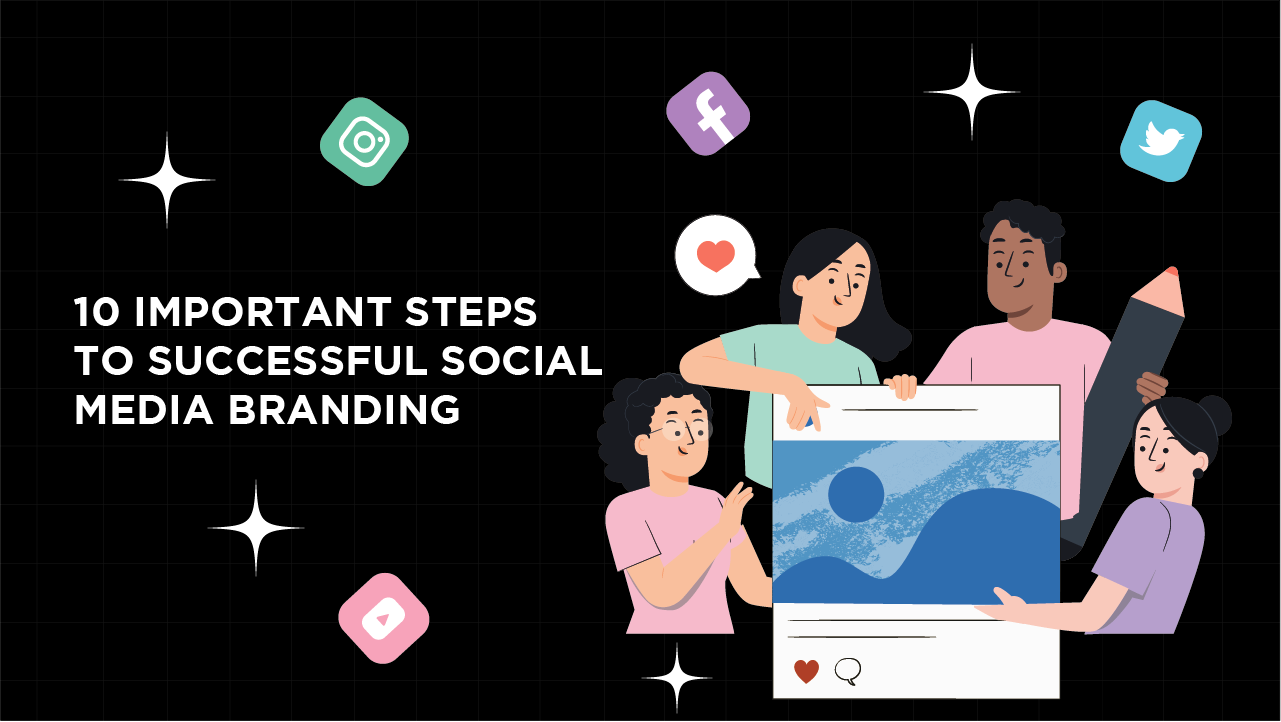We all clearly have came across to all the brands and their personalities.
We all know what it’s like to curate our Facebook, Instagram, Twitter, TikTok etc feeds to reflect certain sides of our personalities.
But for most of the general public, all of those accounts are rolled into one big display of our personality. Truth be told, most of us don’t even know we’re building personal brands. Our posts are just what we happen to think about stuff but that in itself becomes a brand because our followers and friends start associating our names with food pictures or cat memes or revolutionary leftist commentary.
And because all of us have experience of playing up certain sides of our personalities and playing down others, we have a somewhat intuitive understanding of branding. We can tell when someone’s being genuine versus when someone’s being performative. We’ve developed a sixth sense almost that tells us “x post by Burger King makes sense for their brand” but “y post by McDonald’s is a blatant cash-grab”. That intuitive understanding is going to come in handy when we discuss how branding works in this post so hold on to that thought while we discuss how we got here to begin with.
A Brief History
You know how the word “brand” can also mean to stamp your name on something? Yeah, that’s basically how this whole thing started. Farmers used to brand their cattle with the names of their farms so they could keep track of which cows were theirs. That evolved into more forms of branding. Early cave painting artists would have a symbol to tell others that “yoKlarrggg made this one cheggit”. Think of cave-people as early versions of Banksy, but interesting and with a more cohesive viewpoint on the world.
In advertising, “branding” didn’t really become important until the 50s or the “Mad Men” era, where creatives started associating values with brands. Up until that point, you would have three or four companies making cornflakes and you’d choose the one that you liked. Packaging wasn’t flashy and colourful. They were boxes and tins that just had the name of the company on them. With the advent of more and more companies, it became important to set your product apart from the crowd. So you had the Coca Cola ads that spread the message of friendship and companionship. You had Campbell’s Soup which associated itself with wholesome meals. The values of a company became arguably as important as the product itself.
Today, it’s almost revolutionary for a brand to not have flashy packaging. When a brand chooses to be minimal, like say Muji or Brandless, they’re making a statement about what their values are. Muji prides itself on simple, well-designed products that are tied together by a philosophy of an uncomplicated life. Brandless’ whole schtick is that their products promise nothing but simple, good functionality. The Brandless soap doesn’t promise to make you happy by making your skin glow; it’s just a pretty darn good soap.
Which brings us to our current dilemma.
What exactly is a brand? If a brand is all packaging and copy and colours, Brandless and Muji consistently prove us wrong. But if a brand is nothing but the product, then why do we only know the names of two or three types of soda? Maybe there’s a great soda out there with no consistent design language that no one drinks because no one knows it exists. Where does the balance exist? How does one break into an already crowded market and have any hope of success?
The Answer
It’s easy to get overwhelmed by the sheer volume of brands in our lives. So let’s go back to the basics. We know what it’s like to build our own personal brands. We do it everyday without even knowing we’re doing it.
Remember the intro? This is what it boils down to: your personal brand is you.
Everything that makes you unique goes into your brand. You’re a passionate designer who enjoys the spectacle of Marvel movies but is known to dabble in arthouse cinema. You love electronic music and are always looking for new artists to follow because there are so many wonderful musicians in the world. You’re a vegetarian by choice and don’t identify with any particular religion, though you do believe that you’re spiritual. You enjoy yoga as much as you enjoy kravmaga. I could go on but you see the point, right? Your personal brand is just a collection of the things you enjoy, love, think and post about. Your friends identify all of those things with you so when they throw you a surprise birthday party, they take care to make the menu exclusively vegetarian and get you a Mubi subscription as a birthday present.
Building a brand’s personality works the same way. Your personality seems authentic because you authentically enjoy everything you post about. It’s necessary for your brand to feel authentic, too. So you associate it with things that fundamentally influence it. Building a brand isn’t about creating a personality for your company. Building a brand is about finding the personality that’s already hiding in there. If your products are organic and cruelty-free, then congratulations your brand believes in protecting the environment. Your brand believes in lessening the suffering that animals face in scientific trials. Your brand can proudly associate itself with those things.
Advantage of the potential branding
It’s all about finding the truth of your brand.
Here are some questions that you can ask your brand to get to know it better, and each of these questions is linked to an essential part of branding:
#1. BRAND IDENTITY
How does your brand look?
What’s in a logo?
What can be the one image that ties all of your values together?
Which colours best suit the personality of your brand?
#2. BRAND POSITIONING
How is your brand placed in the market?
Who are your competitors?
What does your brand do differently than those competitors?
#3. BRAND IMAGE
What does the public think about your brand?
Do they know you exist? If not, why?
Do they know what your brand believes in?
How can you let them get to know your brand better?
#4. BRAND PERSONALITY
Does your brand have a sense of humour?
Is your brand more real and down-to-earth?
If your brand was a person, how would you describe that person?
#5. BRAND MESSAGING
What does your brand want to say?
Which is the one thing that it really wants to communicate?
What are your brand’s views on your industry, in general?
#6. BRAND VALUES
What does your brand believe?
How does it show people that it believes in those values?
Are there hidden values that the brand has, but the public doesn’t know about?
#7. BRAND STORY
Where did your brand come from?
Why this brand and not any other?
Why this personality and not any other?
#8. BRAND EQUITY
What is the emotional/financial value of your brand?
Has it made itself indispensable in its audience’s lives?
What more could your brand do to connect with its audience better?
A combination of all the above is what’ll help you start building a brand.
Once you know the answers to these questions, you’ll be able to start your journey.
Brands aren’t built in a day, they’re built over time as you keep on consistently showing the world who this brand is, and why this brand exists. These aren’t the only questions you’ll have to answer either. You’ll find more questions as time goes by, but soon enough you will be able to look back and see that you’ve built a relationship with your brand.
Just like your audience.
And if you’re having trouble with some of these questions, well, that’s what we’re here for.
Looking for a Branding & Designing of your Business
connect with Doodlo Design via mail contact@doodlodesigns.com




